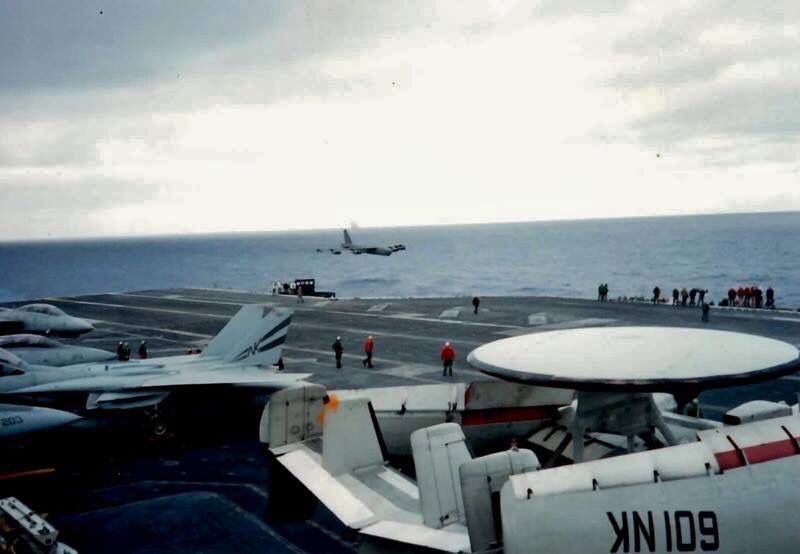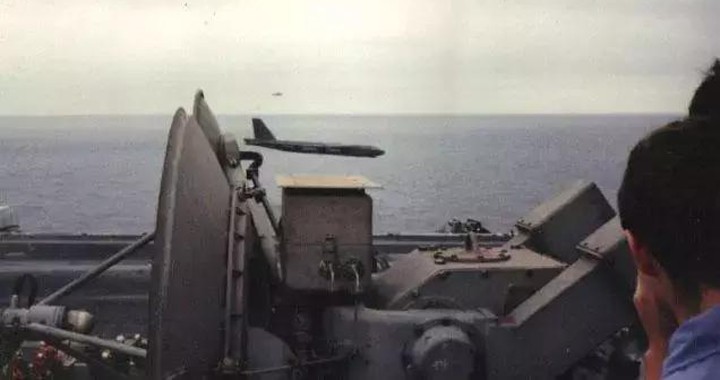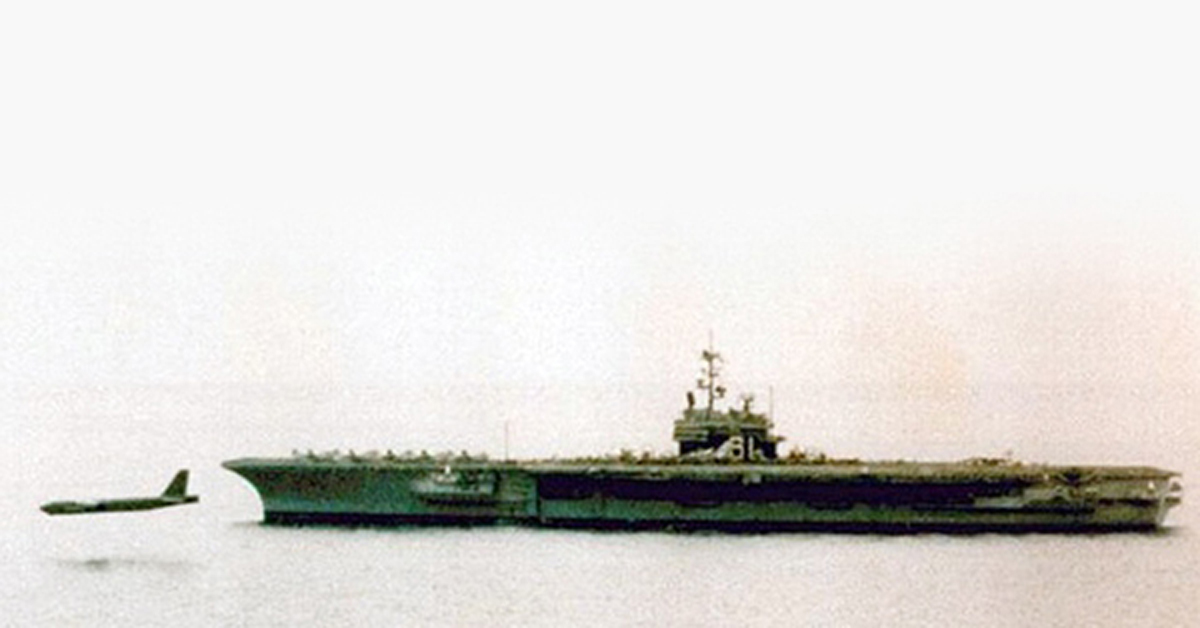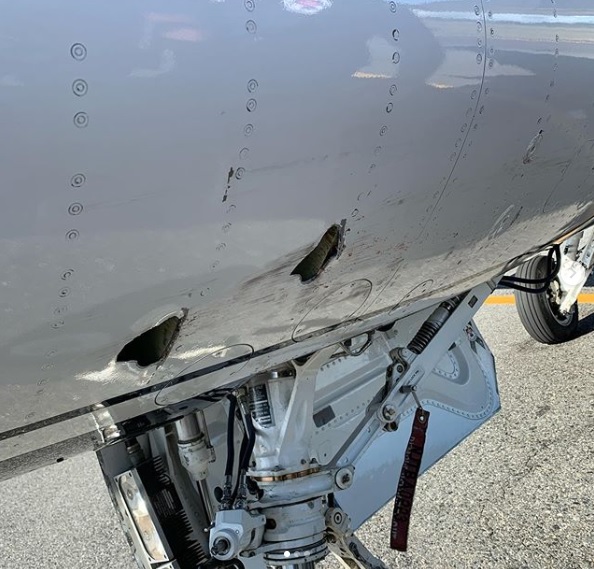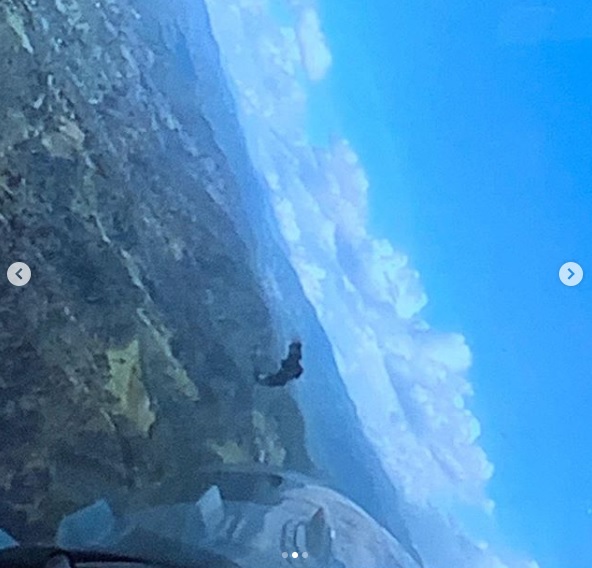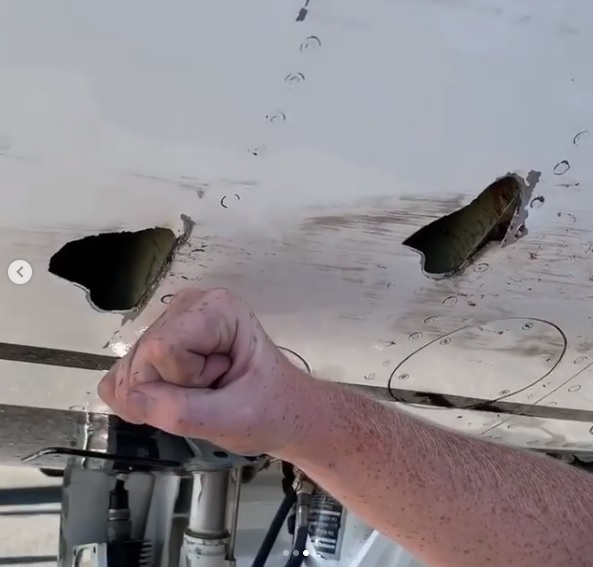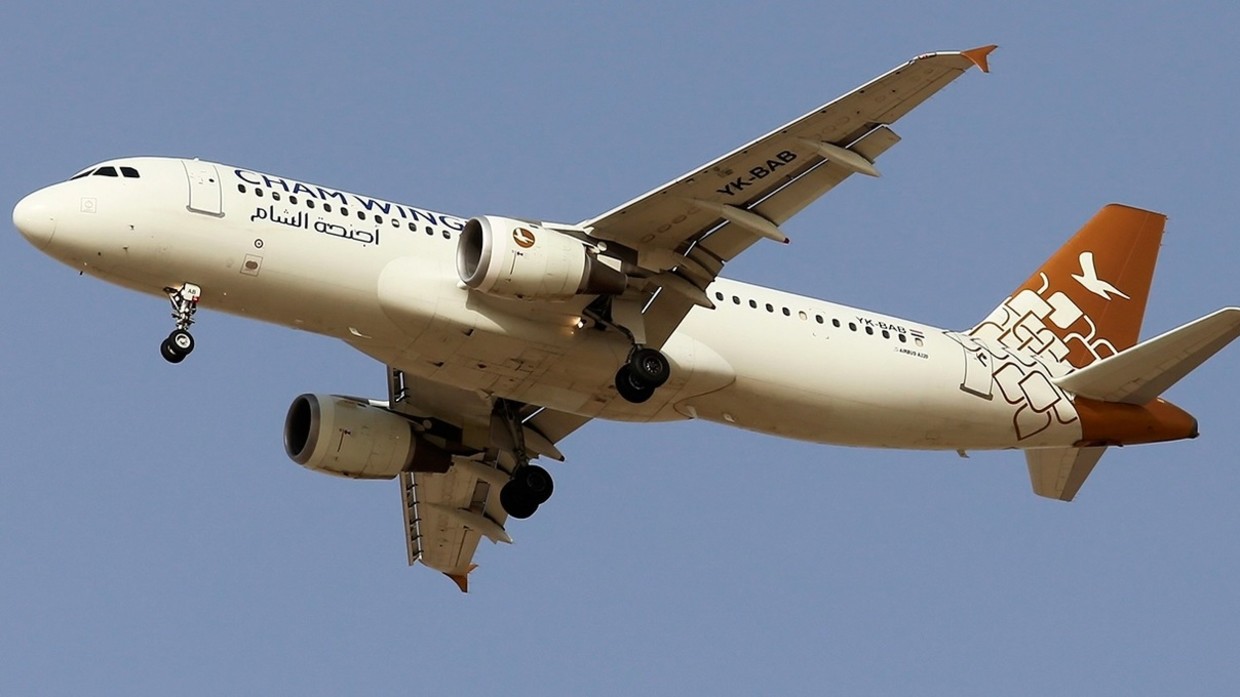In total, two US naval aviators flying the F/A-18E Super Hornet and four French aviators, flying the French Rafale and an E-2C Hawkeye, conducted carrier operations including touch-and-goes and one trap and recovery on each carrier.
U.S. Navy F/A-18E Super Hornets have recovered and launched from French aircraft carrier Charles de Gaulle.
The Nimitz-class nuclear-powered aircraft carrier USS Dwight D. Eisenhower (CVN 69) and the French nuclear-powered aircraft carrier FS Charles de Gaulle (R91) in fact participated in cross-deck inter-operability exercises in the Mediterranean Sea on Mar. 3, 2020.
According to the US Navy news release, the unique opportunity allowed pilots from both navies to land and launch on the two flight decks while the leaders of each strike group met aboard both carriers for a tour and an opportunity to observe their respective pilots operate aboard a foreign naval vessel.
“It was an honor to participate in the first-ever F/A-18E Super Hornet recovery aboard the FS Charles de Gaulle,” said Lt. Cmdr. Nick Smith, a naval aviator attached to Strike Fighter Squadron (VFA) 32.”The seamless integration of French and US systems and operators shows not only the compatibility of our practices and procedures but also the strength of our alliance.”
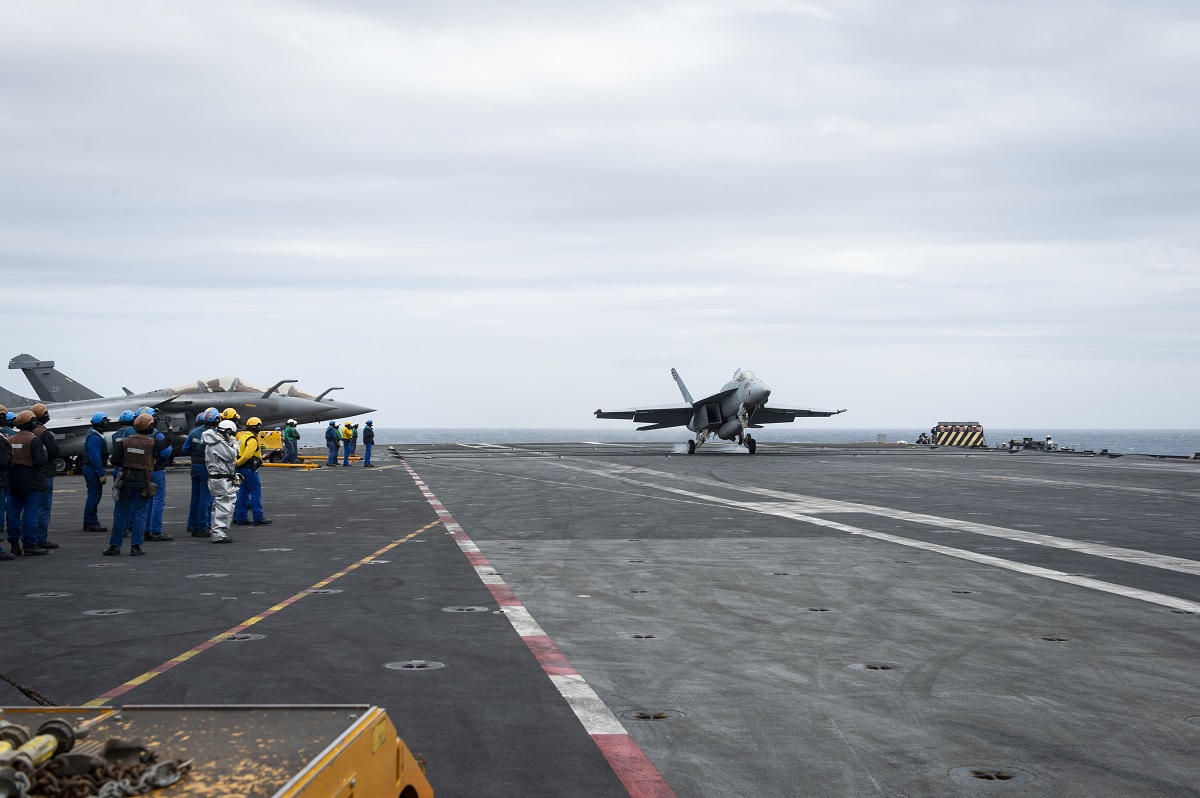
In total, two US naval aviators flying the F/A-18E Super Hornet and four French aviators, flying the French Rafale and an E-2C Hawkeye, conducted carrier operations including touch-and-goes and one trap and recovery on each carrier. Additionally, each country moved people and parts between the two ships via helicopter throughout the duration of the exercise.
“The exchange of traps and catapults of a French Rafale on Ike and a US Super Hornet on CDG [Charles de Gaulle] not only displayed the versatility of each country’s naval air power but was a striking visual of comradery in arms of two great powers at sea,” said Capt. Trevor Estes, commander Carrier Air Wing (CVW) 3. “The Battle Axe team was honored to execute the first trap by a Rhino aboard the CDG and more importantly, extend even further an already strong allied relationship through inter-operations in the skies over the Mediterranean.”
The launching and recovering of aircraft aboard each vessel represent a continued effort by both navies to operate side-by-side and demonstrate their naval sea power as one combined force.
“The dual-carrier operation represents a high-end interoperability showcase for our two navies,” said Rear Adm. Marc Aussedat, commander, Task Force 473. “It is a concrete way to enhance our know-how to operate together, amongst which a swift ability to plug, to share tactical information, to catch and catapult aircraft indifferently on either aircraft carrier and to couple our fighting spirits in a complex maritime environment for a wide range of actions alongside.”
This exercise is not the first time that Ike and CDG have operated alongside one another. The two aircraft carriers conducted joint operations in Support of Operation Inherent Resolve from the Mediterranean Sea in 2016.
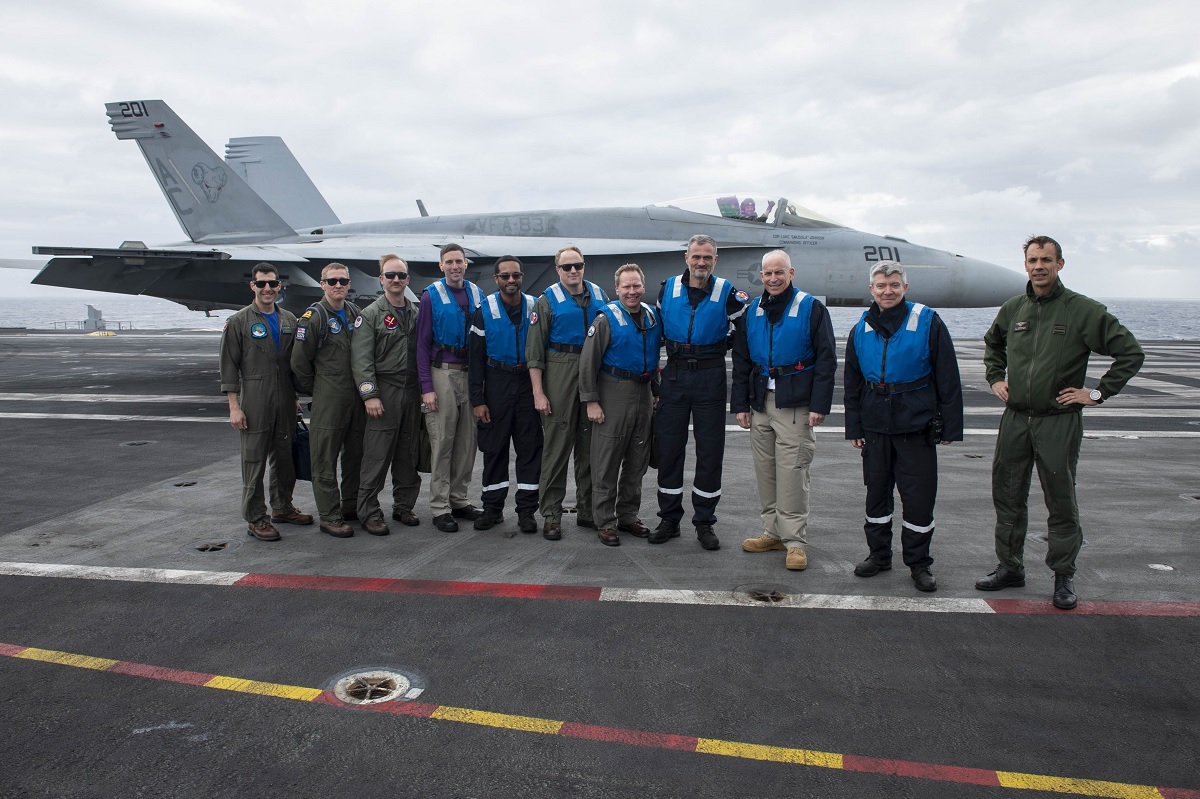
Photo by Mass Communication Specialist 2nd Class Kaleb J. Sarten / U.S. Navy




